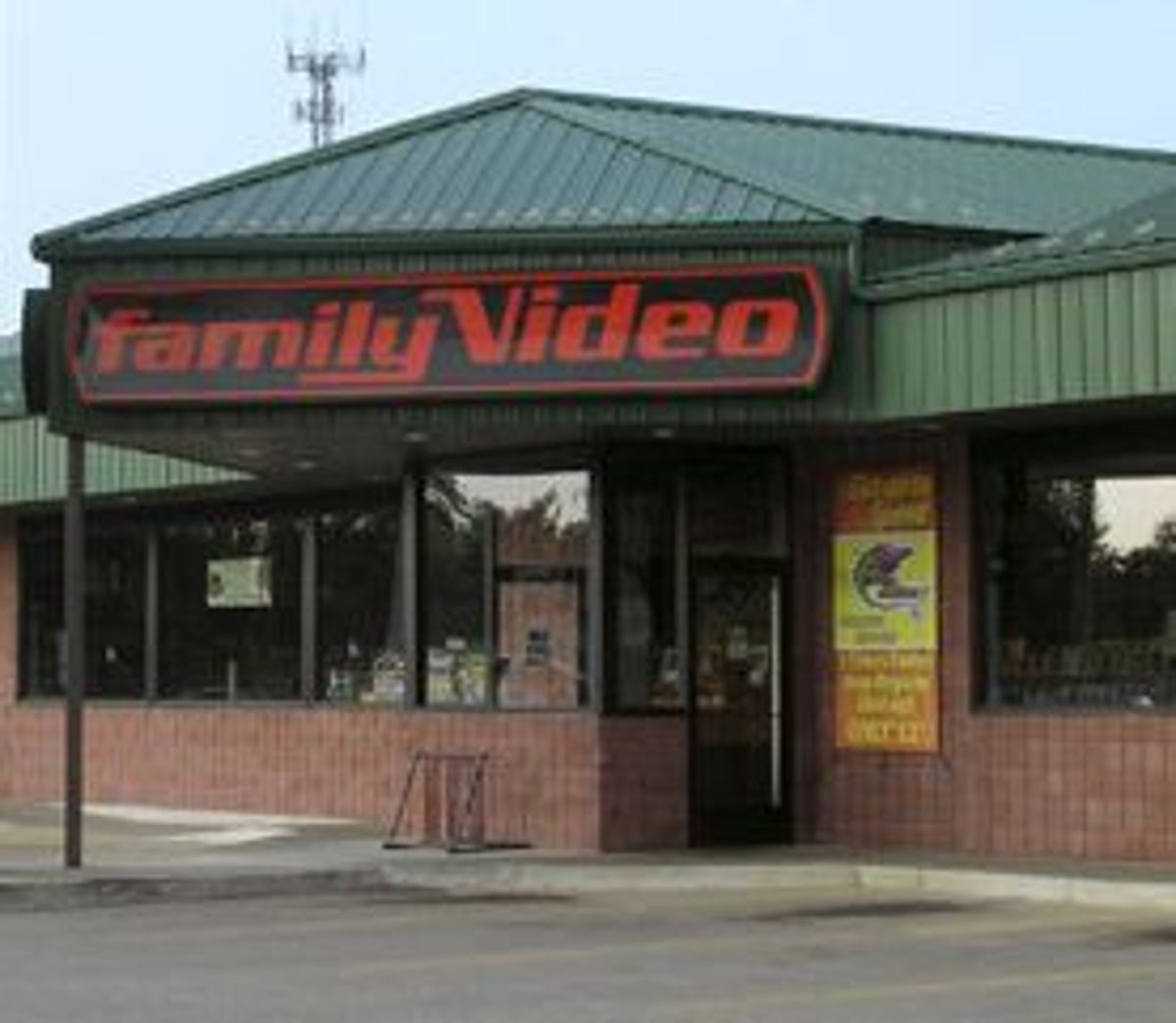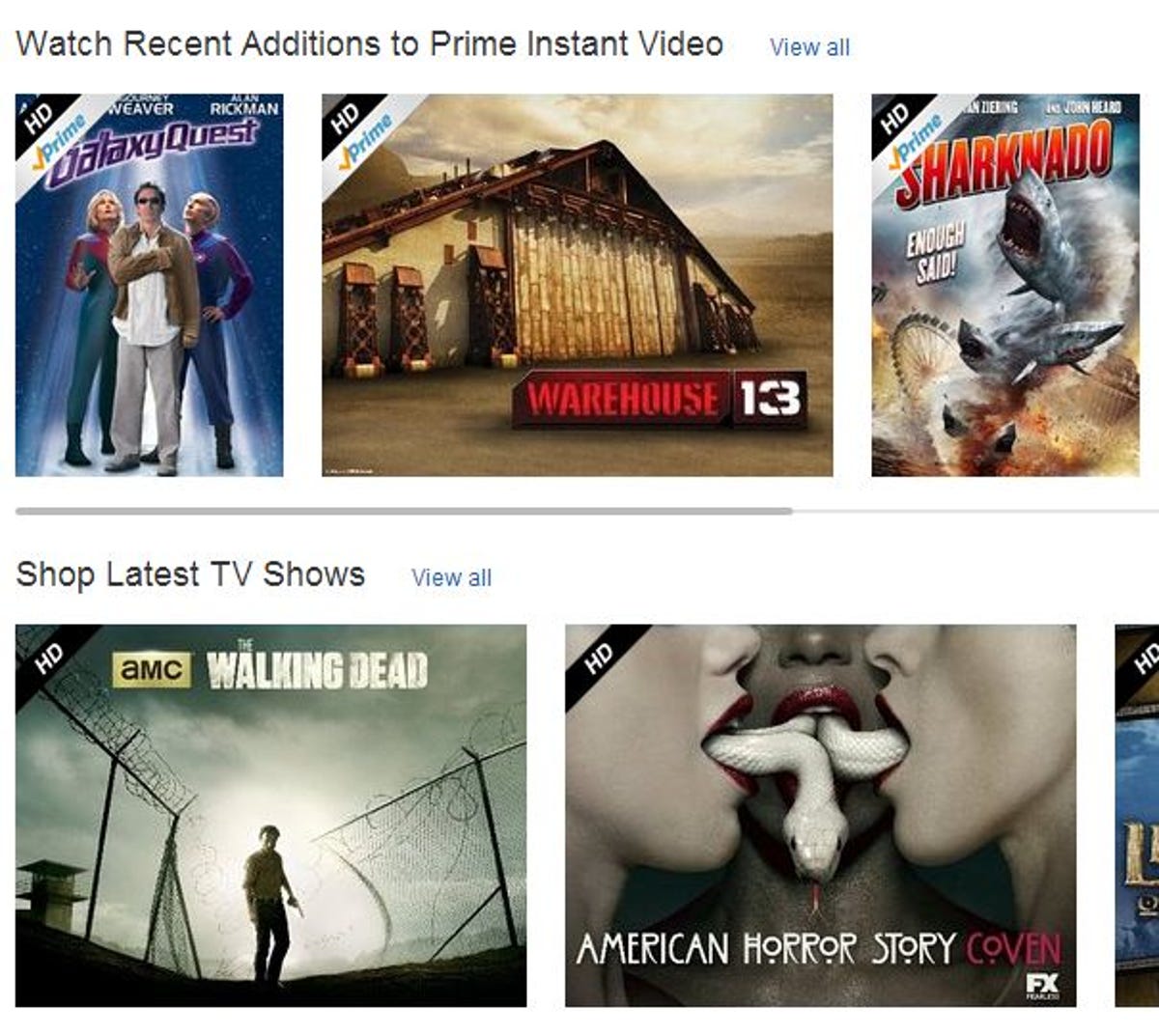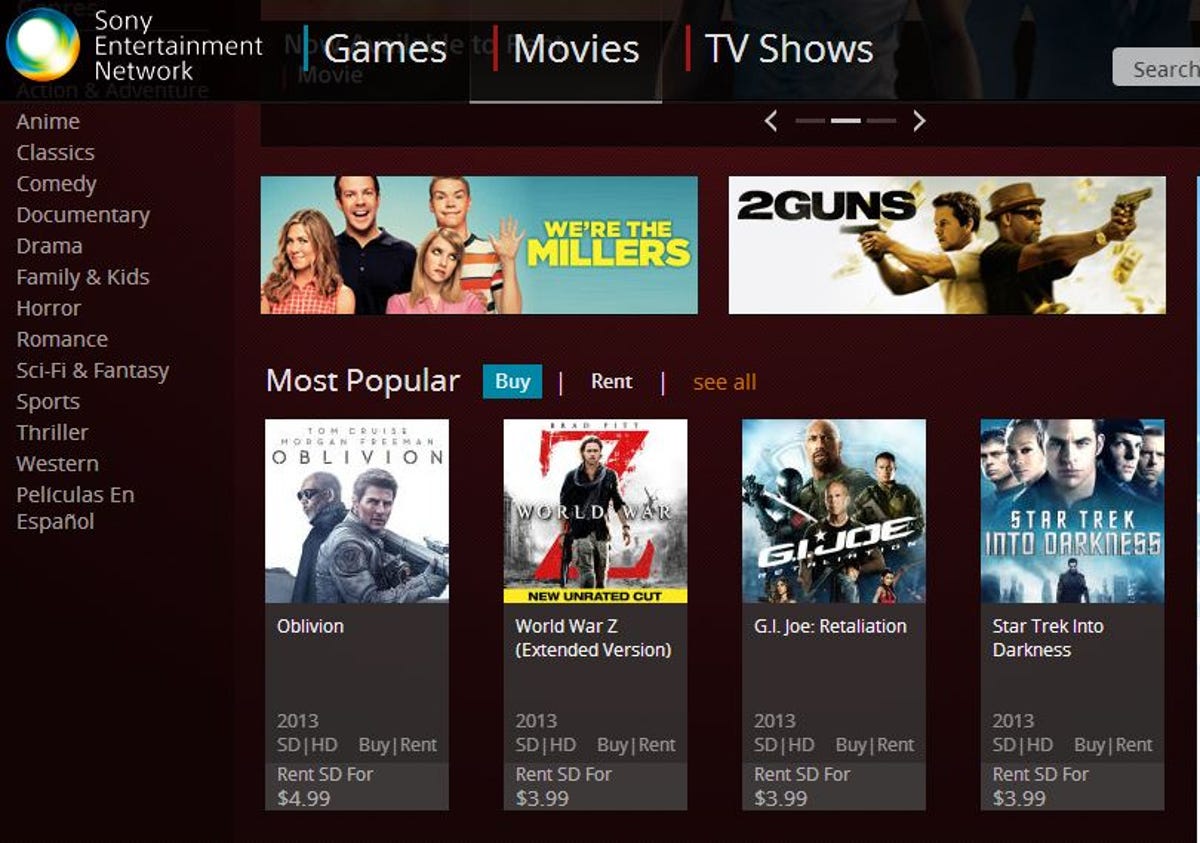
The Patriot-News
Talk about the end of an era. On Wednesday, Blockbuster Video — the chain that almost single-handedly drove mom-and-pop video stores out of business — announced plans to close its remaining retail stores, effectively driving the final nail in the movie-rental coffin.
Well, the traditional movie rental, anyway. There are still plenty of ways to borrow a flick, in physical and digital formats alike. Let’s take a look at some post-Blockbuster options.
DVD and Blu-ray rentals


20th Century Fox
Although shiny silver platters have as much of a future as videotapes, they’re still a desirable option for car DVD players, Blu-ray home theaters, laptops with optical drives, and so on.
Thankfully, even without Blockbuster, you still have options for renting them.
3D-BlurayRental.com Home to both 2D and 3D movies, 3D-BlurayRental.com offers one of the largest Blu-ray catalogs you’ll find anywhere. This movies-by-mail service charges from $3.99 to $7.99 for most rentals, two-way postage included. After you receive your disc, you have seven days to watch the movie. If it’s not postmarked by the seventh day, the service will charge an extra $2 per day until you send it back.
You can also choose a Netflix-style subscription plan, which allows for one, two, or three movies out at a time, with no limits on how long you keep each one — and, therefore, no late fees.
Netflix Remember when Netflix was exclusively a movies-by-mail service? That option still exists, with plans starting at $7.99 monthly for DVDs, and $9.99 for Blu-ray. If you like to watch a lot of movies, it remains one of the most convenient and cost-effective choices.


Redbox
Redbox You’ve probably seen Redbox kiosks at your local drugstore and/or grocery store. But you don’t have to drive there to see if a movie you want is available: you can check inventory — and reserve rentals — via the Redbox Web site or one of the Redbox apps.
DVDs typically cost $1.20 per day, while Blu-ray rentals cost $1.50. (Many kiosks also stock video games, which cost $2 per day.) The trick, of course, is returning your rental in a timely fashion. But you can drop your movie in any Redbox kiosk; it doesn’t have to be the one you rented from. That’s great if you’re stocking the minivan with movies for your next road trip — just return each watched movie along the way.
Your local library Many people forget that most public libraries offer movies you can check out absolutely free, just like books. Rental periods will vary, but typically it’s seven days. And although you might not find a Blockbuster-caliber selection, or even much in the way of Blu-ray, you simply can’t beat the price.


Family Video
Your local video store Yep, it’s true, the mom-and-pop stores are starting to return, at least in some areas. In my neck of the woods, for example, a Family Video moved in where a Blockbuster used to be. It’s a small (though multistate) chain with an impressive selection, great deals on older releases, and even a freebie section.
Try a little Googling or Yelping for video stores in your area. You might be surprised and actually find one.
Streaming services
Needless to say, the future of movie rentals doesn’t involve driving to a store, a kiosk, or any other physical structure. It’s all about on-demand streaming services, which give you virtually limitless selection and immediate delivery.
Of course, you’ll need a delivery mechanism for these services; the top choices are a smart TV, an Apple TV, a Roku box, or a game console. Personally, I think an inexpensive Roku box is your best bet, largely because it paves the way to just about every streaming service save one: iTunes.
You’re probably familiar with most of the big-name players, but here’s a rundown anyway:


Amazon
Amazon Instant VideoFor $79 annually, you can get Amazon Prime, which gives users unlimited access to thousands of movies and TV shows. But Amazon also offers pay-per-view rentals, making it arguably the Internet’s single most comprehensive streaming service. (Netflix doesn’t do pay-per-view, and iTunes has no all-you-can-watch option.)
iTunesThe no-brainer choice for owners of Apple TVs and iOS devices, though you can just as easily use iTunes to rent movies for viewing on your laptop.
Netflix Technically, Netflix doesn’t allow you to rent movies. Instead, you pay $8 per month for unlimited access to an ever-expanding catalog of movies and TV shows, all of which you can stream to just about every Internet-connected device known to man.


Sony Entertainment Network
Sony Entertainment Network Integrated into Sony’s PlayStation consoles and some Blu-ray players, the SEN offers a generous selection of movies to rent — including some 3D titles, which few other streaming services offer.
Vudu Walmart-owned Vudu specializes in movie rentals, offering most new releases and a decent catalog of older stuff, most of them available in three different formats — SD, HD, and HDX — and at different prices. So if you’re renting “Pacific Rim” to watch on your iPhone, you might pay $3.99 for the SD version. But if you want it on your big-screen TV, you can pay $5.99 for HDX (which streams at full 1080p with surround sound).
Xbox Marketplace Like Sony’s network, Microsoft’s service lives on its game consoles. So if you have an Xbox, you have another movie-rental option.
Your cable provider You may also be able to rent movies from your cable or satellite service. Comcast Xfinity, for example, offers both new and older titles, including some freebies, and even a smattering of 3D movies.
Have you found any other noteworthy sources for movie rentals, either on DVD, Blu-ray or online? Do you prefer one over another? Let’s pick up the Blockbuster-fallout discussion in the comments.




